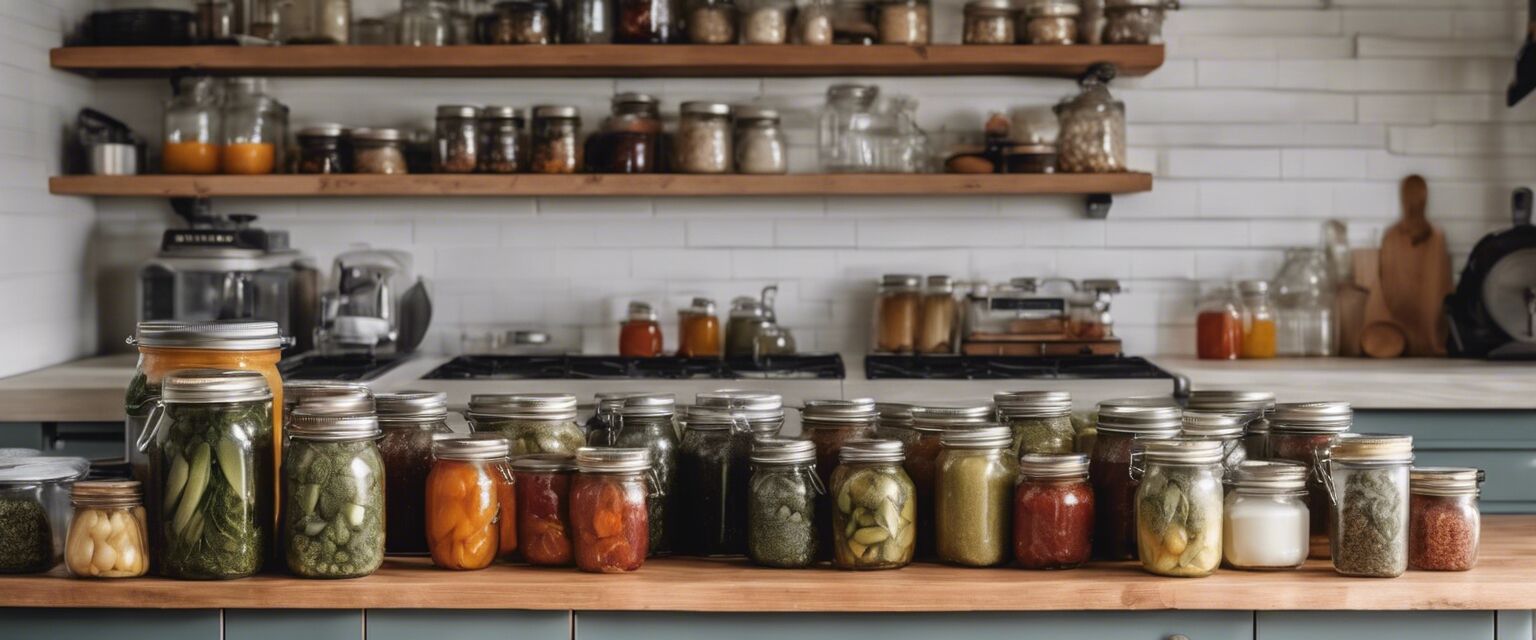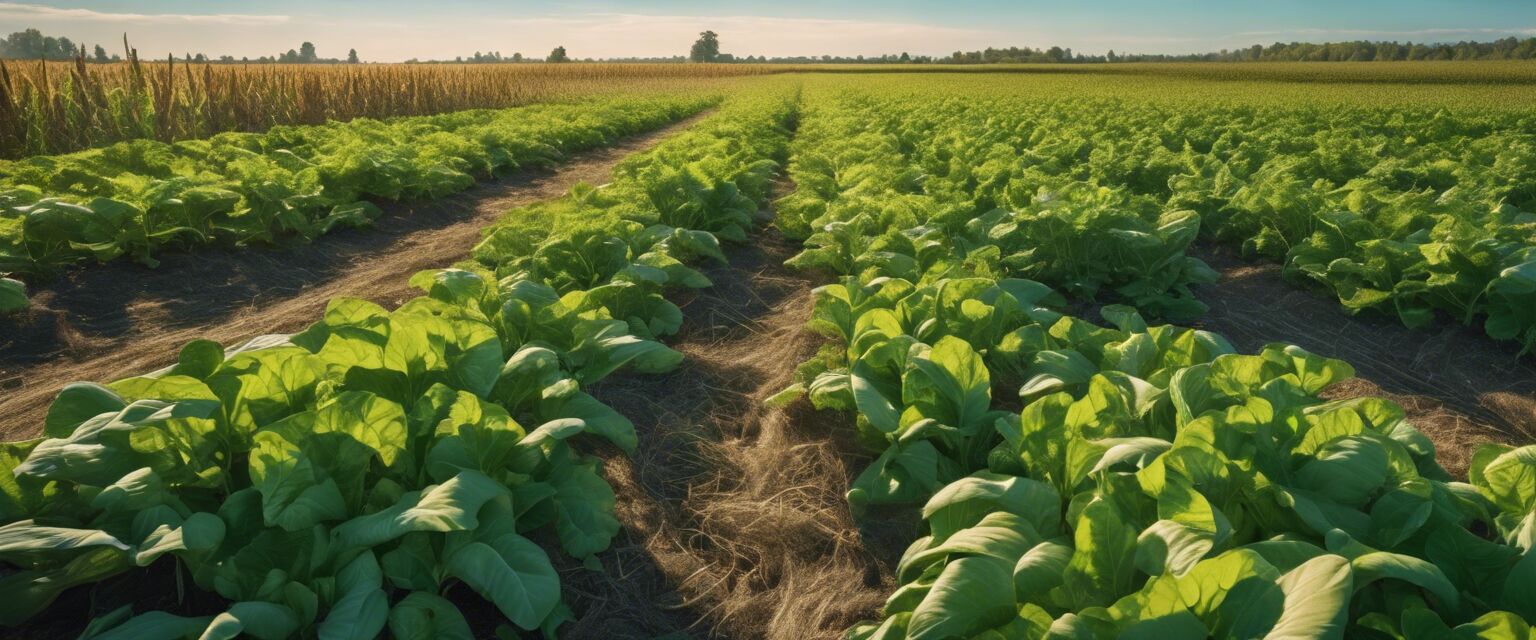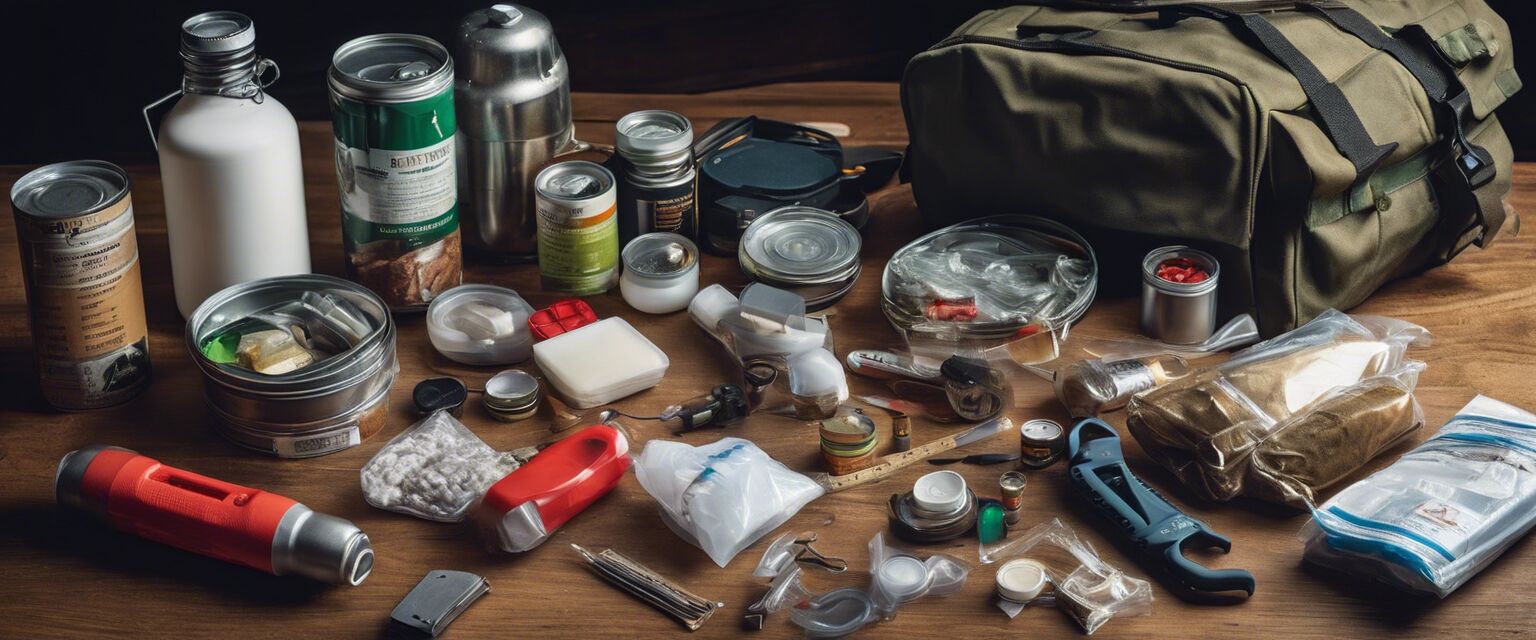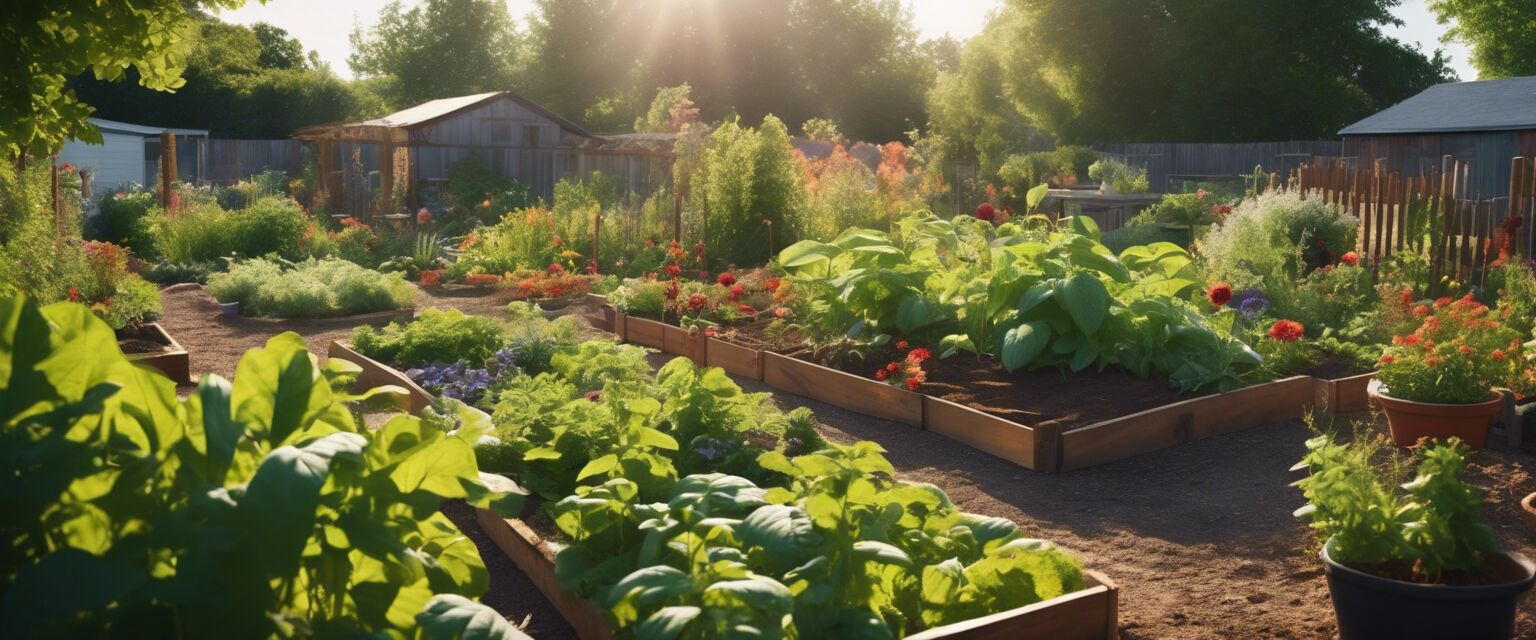
Community Building
Key Takeaways
- Community building fosters support, collaboration, and mutual aid.
- Effective communication and shared goals are essential for a thriving community.
- Utilizing local resources enhances community engagement.
- Establishing networks can provide both physical and emotional support.
Building a supportive community is vital in today's world, especially in survival homesteading. A strong community creates bonds that empower individuals, ensuring that everyone has access to the resources they need. In this article, weâll explore the importance of community building, strategies for collaboration, and how mutual aid can enhance resilience.
The Importance of Community Building
A community serves as the backbone of any survival strategy. Here are a few reasons why community building is crucial:
- Support System: In times of crisis, having a community to rely on can make all the difference.
- Resource Sharing: Communities can pool resources together, making it easier to share tools, food, and essential supplies.
- Skill Exchange: Members can trade skills and knowledge, enhancing the capability of the group as a whole.
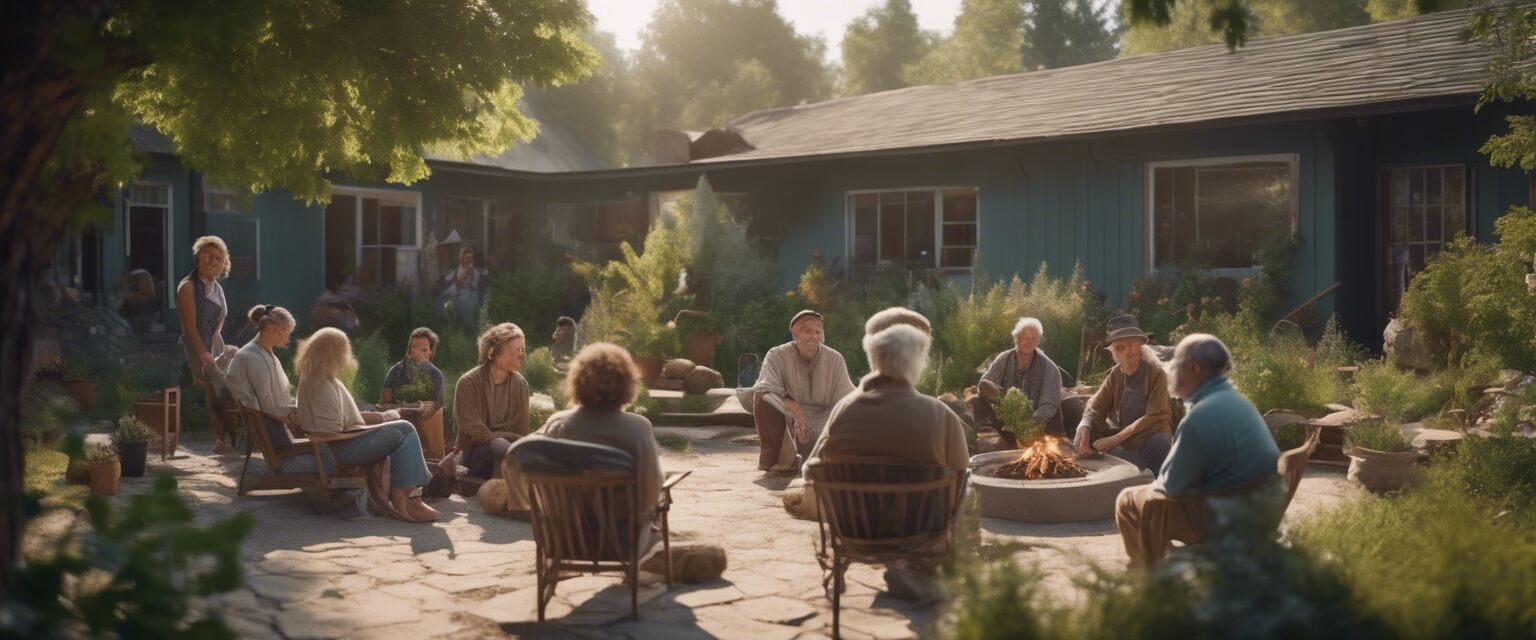
Strategies for Mutual Aid and Collaboration
1. Establish Communication Channels
To foster collaboration, itâs essential to have effective communication channels. Consider tools like:
| Tool | Description |
|---|---|
| Messaging Apps | Real-time communication between members, sharing updates and quick notifications. |
| Social Media Groups | Wide reach for announcements, events, and discussions. |
| Email Newsletters | Regular updates on community events, resources, and support. |
2. Organize Community Events
Engage community members by organizing regular events. Here are some ideas:
- Workshops on canning and food preservation.
- Community garden days for planting and maintenance.
- Potluck dinners to encourage sharing of food and recipes.
3. Create Resource Libraries
Set up a resource library where community members can borrow tools, seeds, or books. This encourages shared ownership and resource management.
4. Collaborate with Local Organizations
Partnering with local businesses and organizations can boost community initiatives. This may include workshops, educational programs, or resource distribution.
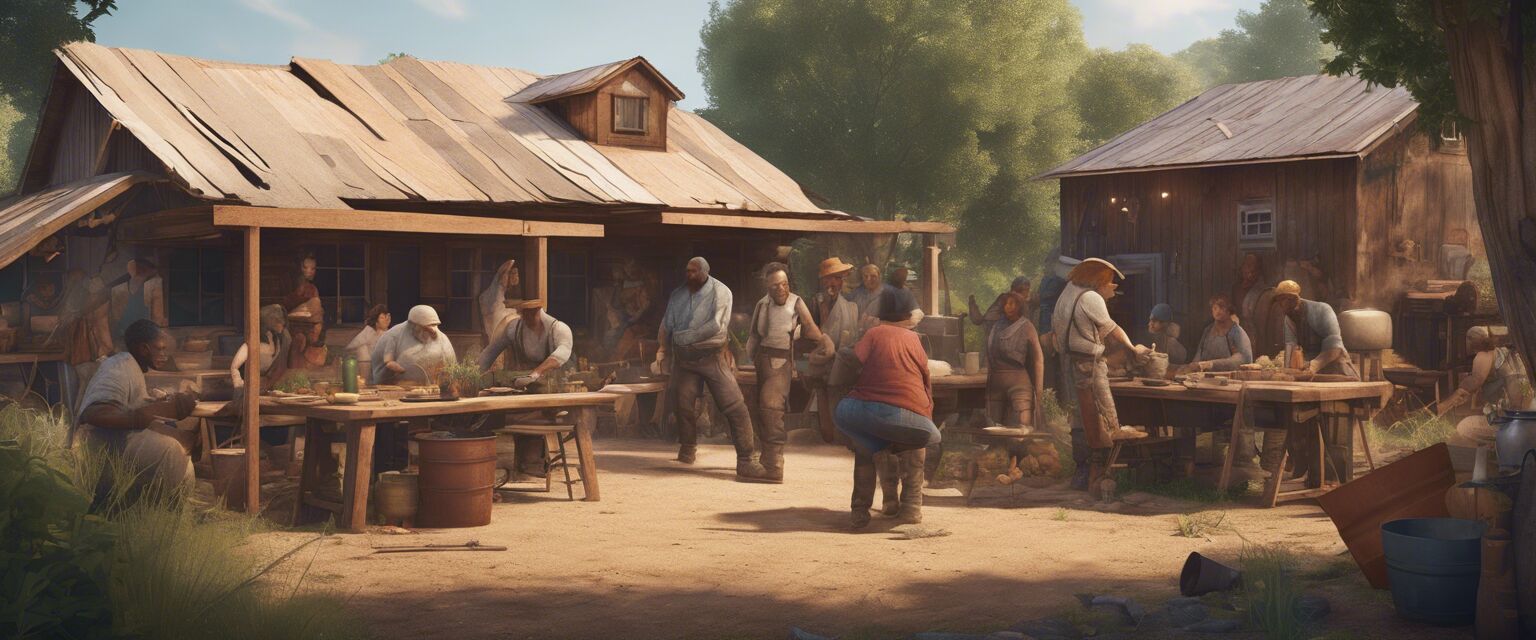
5. Foster an Inclusive Environment
Ensure that your community welcomes everyone by:
- Encouraging diverse participation.
- Respecting different backgrounds and experiences.
- Addressing any barriers that may prevent participation.
Building a Strong Network
A robust network is essential in survival homesteading. Hereâs how to build one:
| Network Type | Benefits |
|---|---|
| Local Community Groups | Face-to-face interaction and strong local support. |
| Online Forums | Access to a wealth of information and advice from experienced members. |
| Support Networks | Emotional and physical support in times of need. |
Conclusion
Building a supportive community is not just beneficial but necessary for survival. By implementing strategies for mutual aid and fostering an inclusive environment, we can all contribute to a thriving, resilient community. Remember, every effort counts, and together we can achieve so much more.
Pros
- Enhances the sense of belonging.
- Provides essential resources during emergencies.
- Encourages learning and skill development.
- Promotes emotional support and mental well-being.
Cons
- May require time and effort to build relationships.
- Potential for conflicts or misunderstandings.
- Dependence on others may lead to issues if a member leaves.
Tips for Beginners
- Start smallâjoin or form a local group.
- Be open-minded and embrace diversity in your community.
- Share your skills and knowledge generously.
- Listen actively to the needs and concerns of community members.
For more insights on enhancing your homestead, check out our other articles on canning supplies, DIY shelter materials, emergency kits, and gardening tools.



